A Proposal
I am considering submitting a proposal to add a large native plants garden to the property of Jubilee Fellowship Christian Reformed Church, in the north-west corner of the property. I have gotten positive feedback to this from Ontario Native Plant Gardening Facebook group members. I would like to sound out Jubilee’s Hearts Exchanged members as well. There is a comment facility at the bottom of this page, or you can email gardener@newmaker.net.
This is a shot in the dark for me, so I value everyone’s input and suggestions for a project and commitment of this size. You are welcome to share this. The concept is widely applicable to churches with semi-rural or large properties, not to mention private and government owned land.
Henry de Jong,
January 26, 2024
Suggested Location
- Up against the fence for ~60m on the west side, bordering the MTO easement for the 406
- At the lot line for ~30m on the north side along Third Avenue Louth
- An irregular border on the east and south sides (see diagram)
- Total area ~1,000 sq m
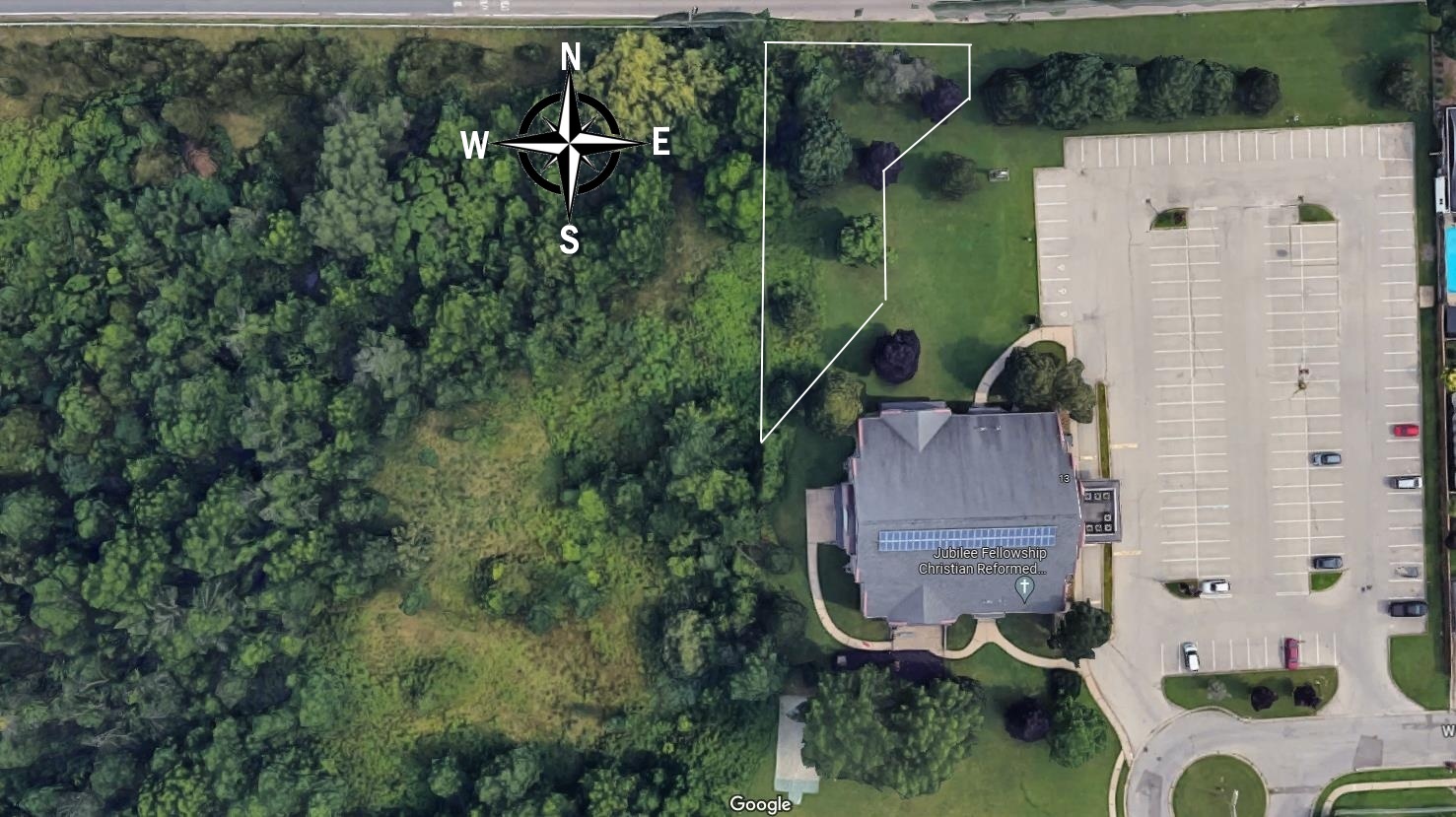
The proposed garden is outlined roughly in white.
Garden plants
- Wild, untended garden
- Native to Ontario meadow plant species (typical and of value to pollinators)
- Cultivated, small portion in the north-east corner
- Seasonal demonstration vegetable garden
- Three sisters (maize, squash, beans)
- Plants with medicinal value
- Seasonal demonstration vegetable garden
Establishment and maintenance
- Planning by a qualified native garden landscaper
- Setting down pathways
- Removal of sod and replacement with some enhanced soil
- Planting of native shrub nursery stock
- Seeding and planting of native wild flowers and grasses
- Seasonal attention to vegetable garden and weeding out invasives
Benefits
- Intrinsic value to birds, bees and insects
- Being adjacent to a large corridor of relatively natural land (alongside the 406) gives it a good catch basin for attracting wildlife
- Educational value to church members, neighbours and to the three nearby schools
- Althorpe Montessori, Mother Theresa and Grapeview
- Potential for connecting and collaborating with the neighbourhood, region and with regional indigenous groups
- Illustrate the meaning of “Jubilee”: an economic, cultural, environmental and communal reset
Costs
- Initial costs likely not insubstantial
- Maintenance cost would be low
- volunteers to plant and tend the vegetable garden and to weed out invasives
- Funding and grants may be available from local governments and non-profits
- Garden-earmarked donations may be eligible for church qualified tax receipt
Possibilities
- Permission from MTO to become caretakers for part of their land (adjacent to garden)
- Optimize their existing growths for maximum ecological benefit
- Extend garden paths onto MTO land for access and enjoyment
- Cooperation with and employment of (e.g.) Kayanese Ecological Services (Caledonia)
- Partnering with the Niagara Regional Native Centre
- Addition of an indigenous language middle name to Jubilee Garden
- Labeling of established plants for educational purposes
- Recreational additions like benches and sculptures
Examples
- Port Dalhousie pollinator garden in Rennie Park
- Malcolmson Eco-Park
- Niagara College First Nations, Metis and Inuit Garden
- Niagara Parks Legacy Garden
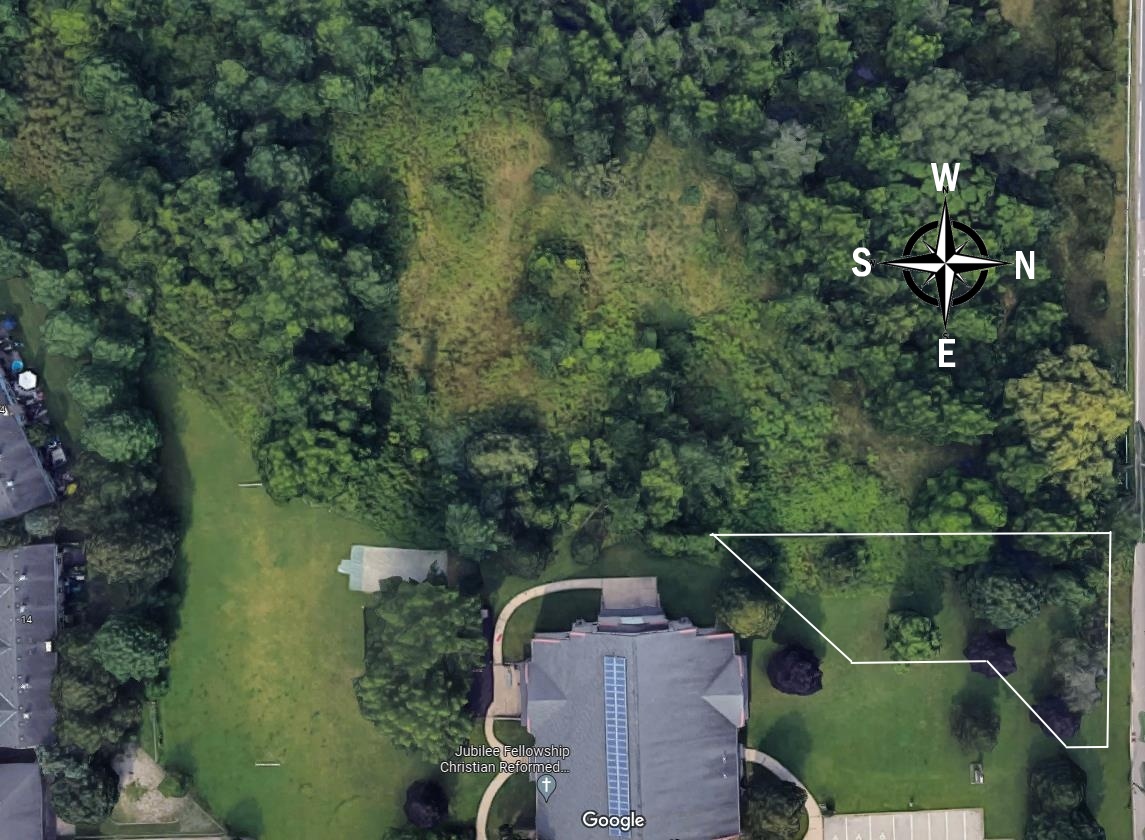
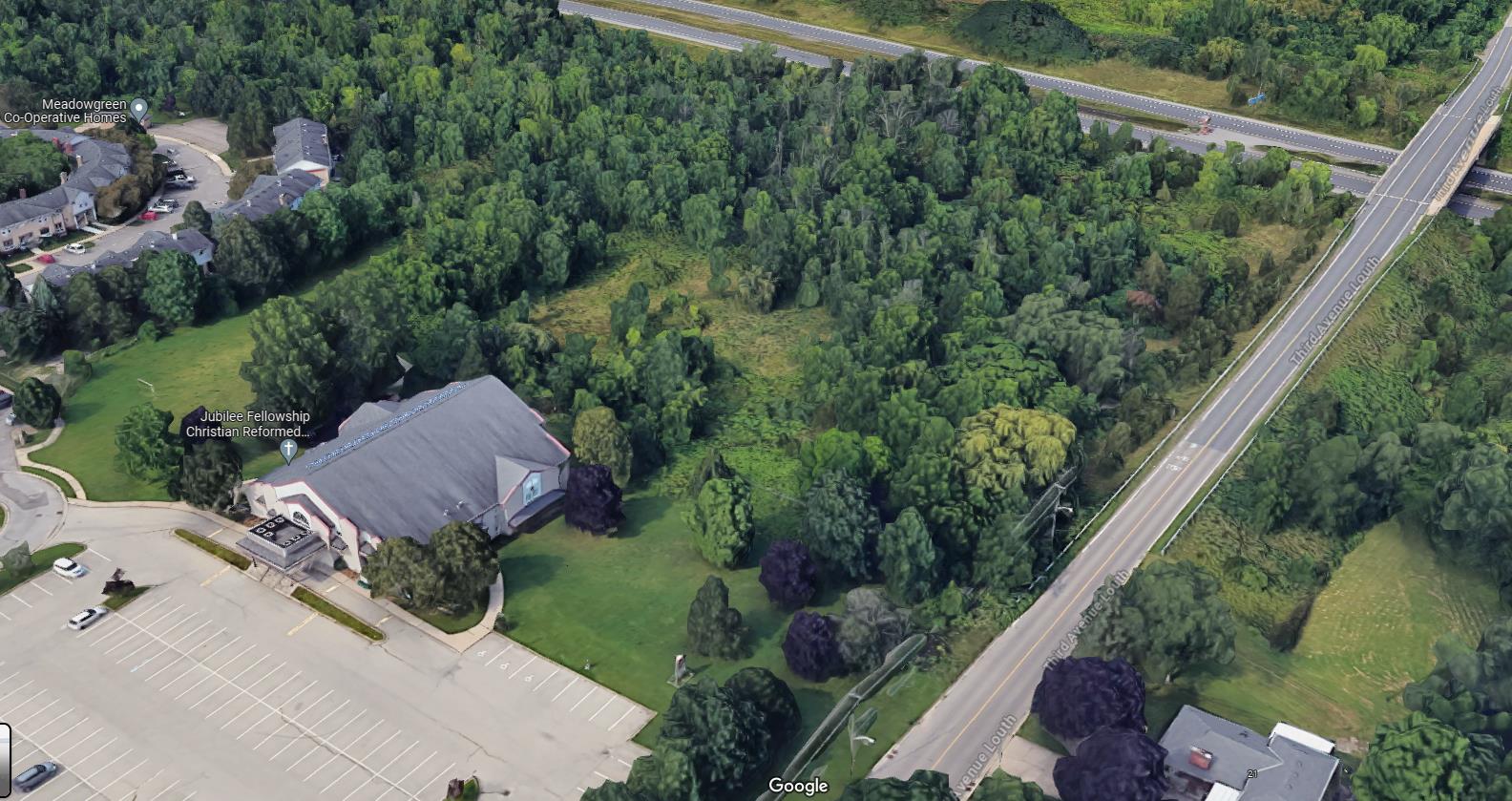
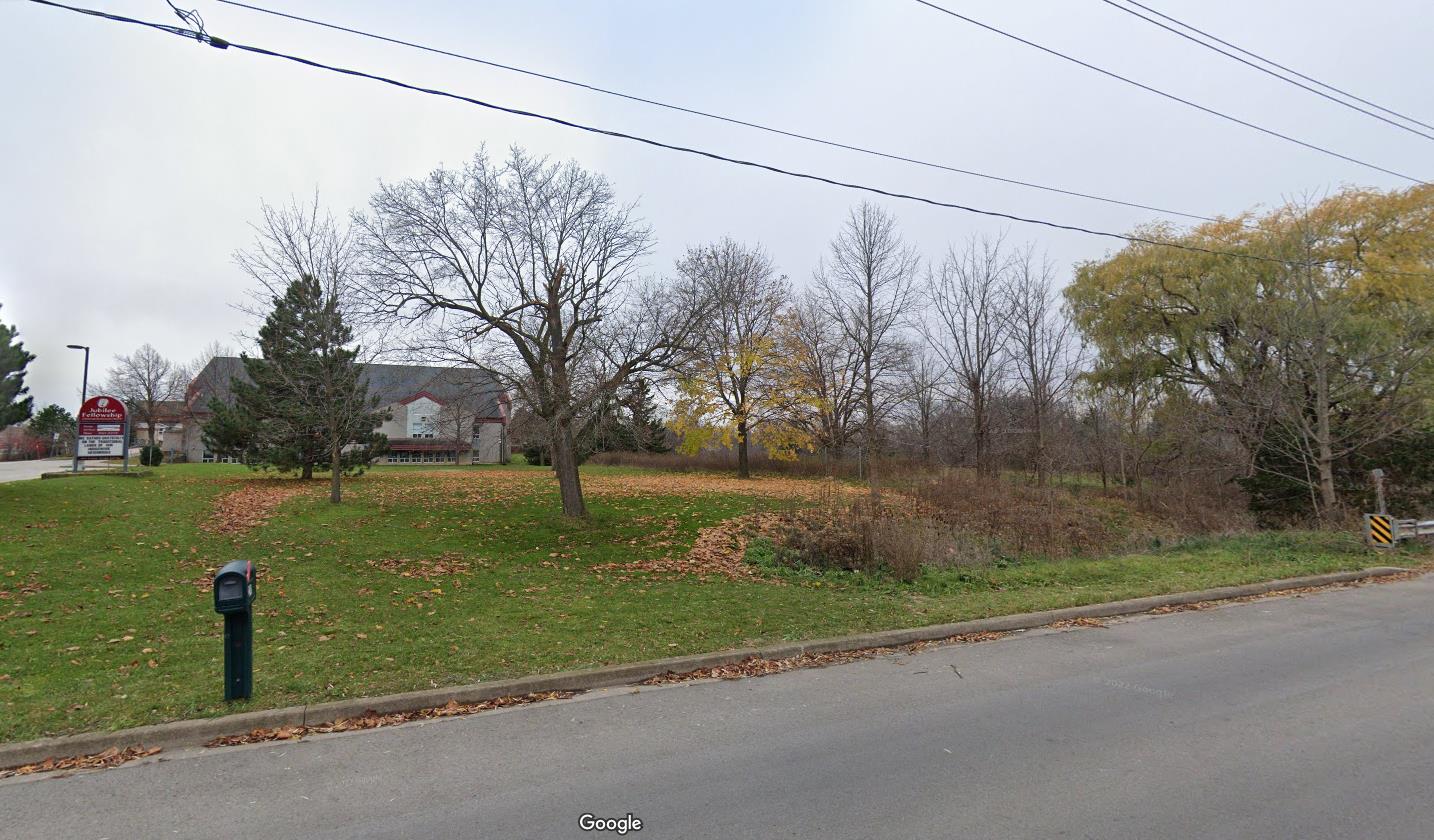
![]()
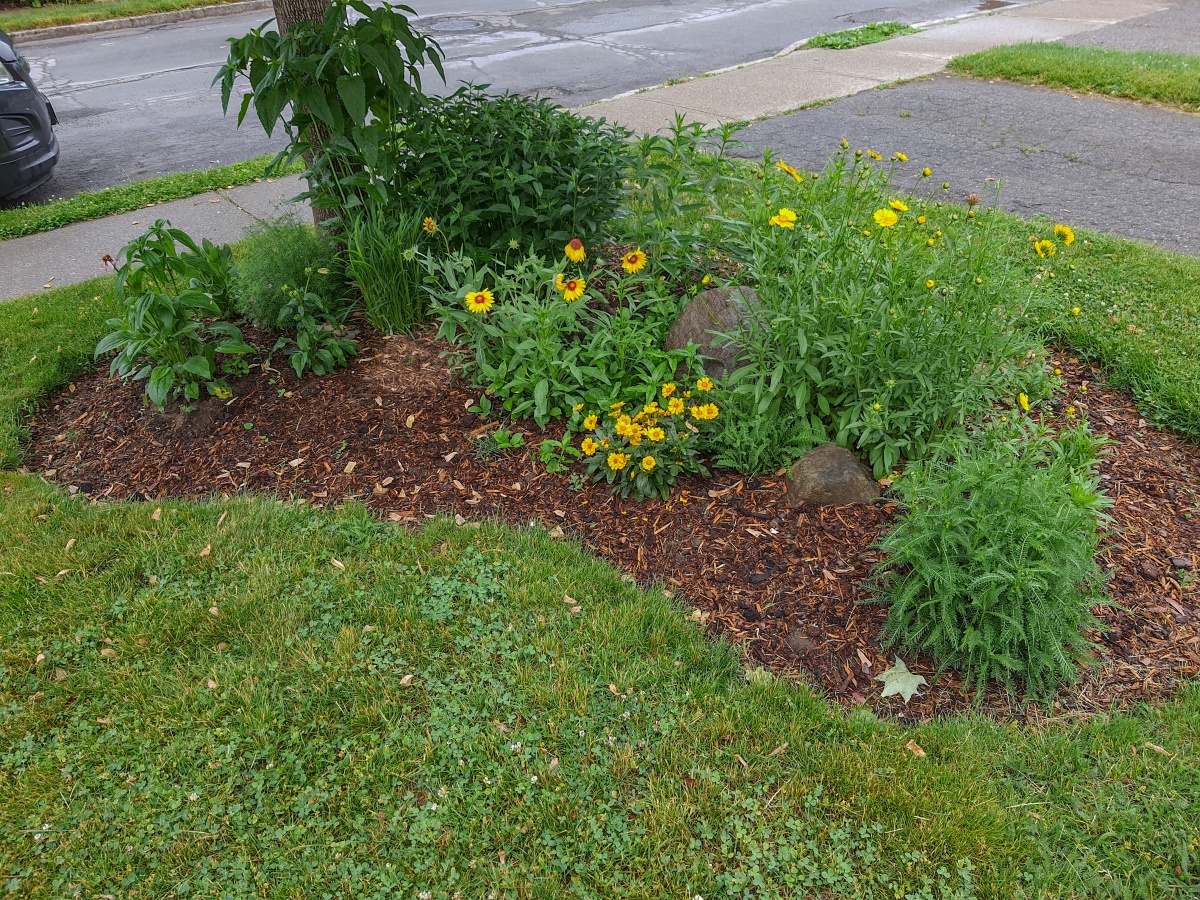
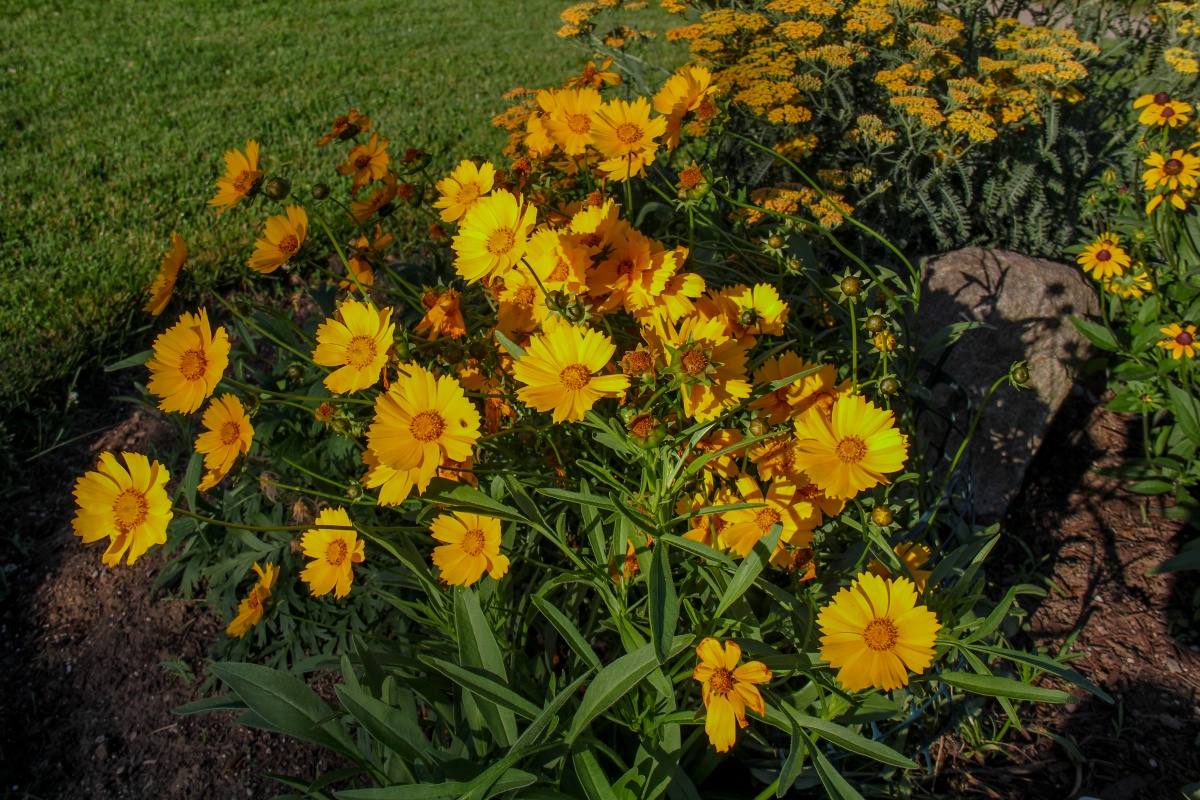
This is a GREAT idea! Let’s revive this property!
Love the idea!
Beautiful idea. How about your vegetable garden/s are (a) raised so seniors can easily help and (b) used for food production for the local food-bank or other worthy cause. For the native plants – you can have a big meadow type of area… but you could also choose to design it as a walkable meadow with a path through it (stones?) and signs for different plants/areas, to be educational and interesting for the next generations too. We planned a Rainbow Memorial Garden for our former priest (at the Anglican Church in King, Ontario). who was brilliant at helping everyone talk about inclusivity long before it got to be so popular.. We planted using different plants in the rainbow colours for all the seasons, e.g. Red Trilliums, Aquilegia Canadensis – Columbines, Cardinal flower and Prairie Smoke for the red area, Butterfly Milkweed for Orange and some Gaillarda, Lanceleaf Coreopsis, Rudbeckia and Zizia Aurea for the Yellow, along with Yellow Wood Poppy, Canada Anemone in the Green section, for Blues it included Virginia Mertensis, native Larkspur, Campanula (not the bad one), Bergamot and Monarda Punctata, Blue Vervain, Viola Labradorica etc (ROYGBIV). Not everything flourished in year 1, but we are doing well in year 2.
With a native pollinator garden, your property will come alive! Every plant in my small urban garden is a prayer for my grandchildrens’ future on this planet, as well as a tiny step to reconciliation with First Nations people, and a chance for the bees, birds, bugs, and four-legged creatures to thrive. People actually walk/drive by to watch it as it changes with the seasons, and it brings great joy.